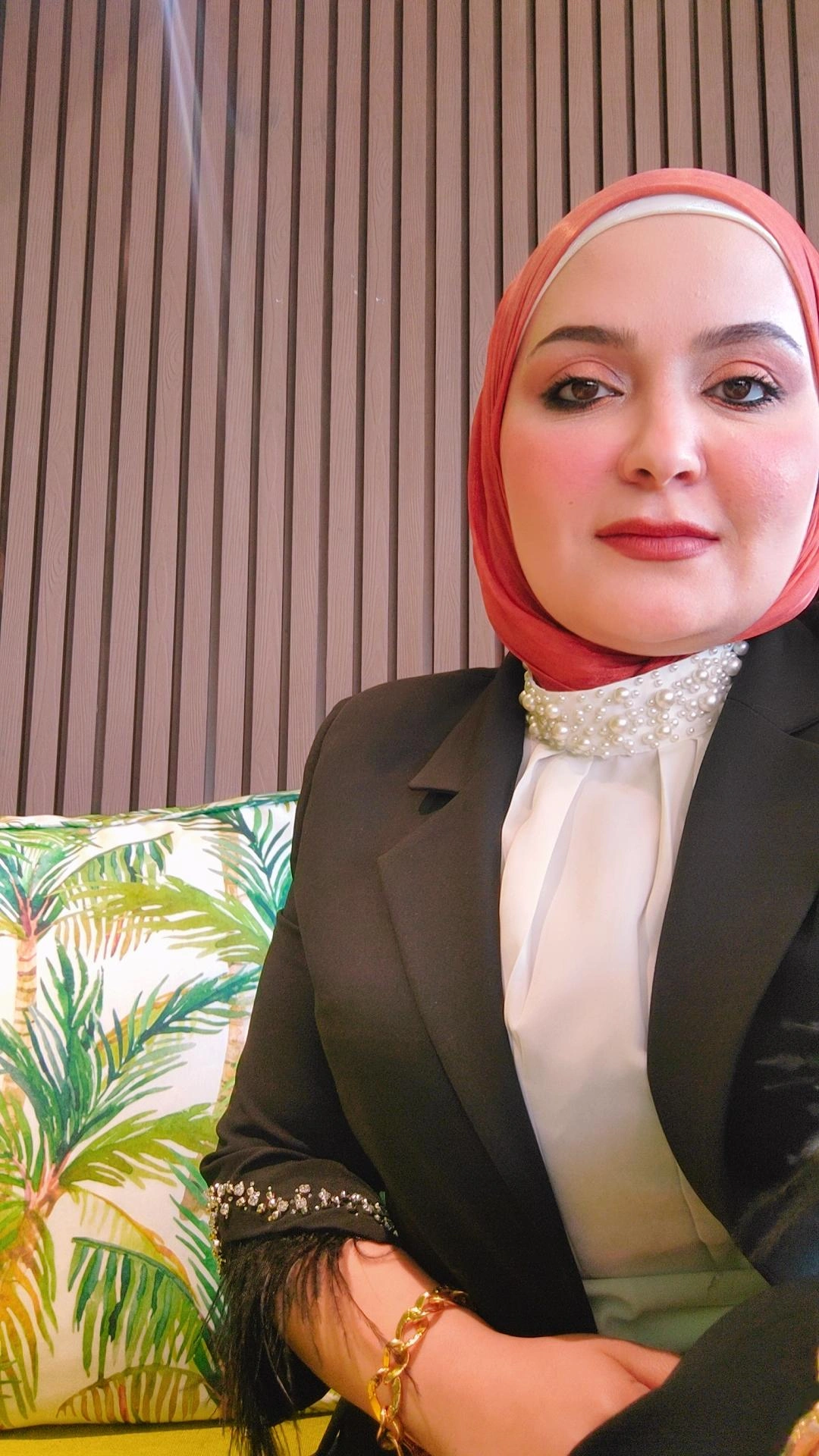
Noor Saad Abd aljaleel
Research Interestssocial issues
humanitarian issues
| Gender | FEMALE |
|---|---|
| Place of Work | Technical Engineering College/ Kirkuk |
| Position | Teacher |
| Qualification | Master |
| Speciality | English literature |
| Noor.saad23@ntu.edu.iq | |
| Phone | 009647716252182 |
| Address | Shahan city, Kurdistan, Irbil, Iraq |

Academic Qualification
Bachelor of English language
Sep 4, 2009 - Jun 20, 2013English language department/ University of Baghdad
Master in English Literature
Sep 1, 2016 - Sep 1, 2018I had master in English literature from Osmania University /India
Working Experience
teacher [Lecturer]
Oct 1, 2019 - Presentteacher in Northern Technical University
Publications
A Comparative Literary Analysis of Women’s Power in Public and Private Life in “the Handmaid’s Tale” and “the Awakening”
Dec 8, 2024Journal https://eximiajournal.com/index.php/eximia/index
publisher Noor Saad Abd Aljaleel
Issue Social issues
This paper aims to contrast the novel "The Handmaid's Tale" by Margaret Atwood to the novel "The Awakening" by Kate Chopin in terms of how women are treated in public and private life. Both novels provide perspectives on women's roles and power dynamics in various historical circumstances. This paper investigates how literature challenges social norms that affect women's independence and identity. In this paper, the researcher uses an intersectional feminist framework developed by Crenshaw in order to compare the two narratives using literary analysis and feminist criticism. It looks at the attempts of the main characters to be independent in an oppressive society. The findings indicate that both novels represent women's universal struggles for autonomy and identity. The themes of resistance, the influence of history and society on women's roles, and the importance of literature as a means of social critique are highlighting in these two novels. This paper emphasizes that writing such stories can help change societies. Finally, it suggests further studies in different cultural contexts and media and shows how intersectional approaches assist in understanding women's experiences and resistance





